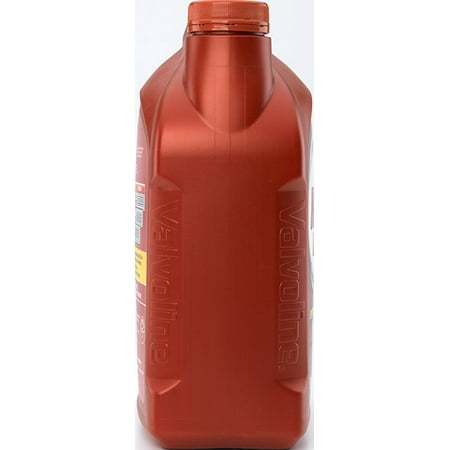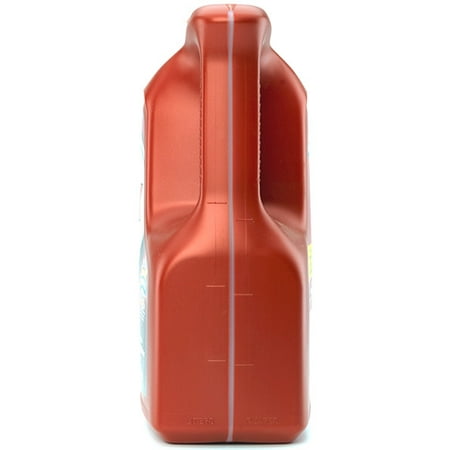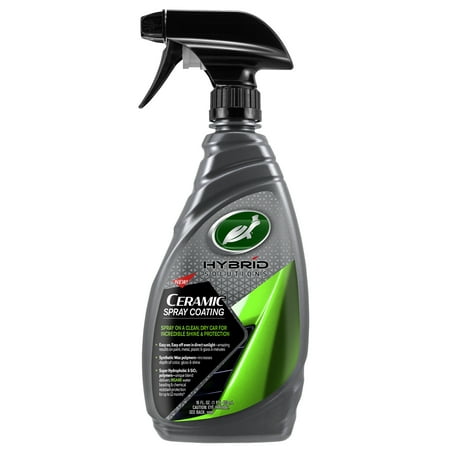Valvoline MaxLife Multi-Vehicle Automatic Transmission Fluid – 1 Gallon
Keep your vehicle running smoothly with Valvoline MaxLife Multi-Vehicle Automatic Transmission Fluid. It’s a full-synthetic formulation with advanced additives to prevent the major causes of transmission breakdown and help extend transmission life. This Dex Merc automatic transmission fluid has been developed to help prevent leaks, maximize transmission performance, reduce transmission wear and maintain smooth shifting longer than conventional fluids. It contains anti-wear technology and a proprietary blend of base oils with advanced additives to give your vehicle a high level of protection. This Valvoline MaxLife Multi-Vehicle Automatic Transmission Fluid comes in a 1-gal container.





Valvoline MaxLife Multi-Vehicle Automatic Transmission Fluid, 1-Gal: Formulated with full-synthetic base oils and long life friction modifiers to help improve smooth shifting, eliminate slippage and shudder, prevent clutch wear and improve driveability longer than conventional fluidsHigh-performance seal conditioners maintain and preserve the elasticity of seals to help prevent leaks in high mileage transmissionsDeveloped with anti-wear technology to help improve transmission durabilityEngineered with a proprietary blend of base oils and advanced additives to provide better oil flow at low temperatures and greater film protection at higher temperaturesValvoline full synthetic transmission fluid is suitable for use in a broad range of ATF applications, including most: Ford, GM, Toyota, Honda, Nissan, Hyundai, BMW, Mercedes, Volvo, VW and AudiRecommended for use in the following applications: GM DEXRON-II, DEXRON-III, DEXRON-VI, Ford MERCON LV, Toyota/Lexus Type T, T-II, T-IV, WS, Honda/Acura, ATF-Z1, Nissan/Infiniti Matic-D, Matic-J, Matric-K, Matic-S, Hyundai/Kia SP-II, SP-III, SP-IV, SPH-IV, BMW 7045E, ETL 8072B, LA2634, LT71141, Allison C-4, Mercedes Benz NAG-1, Volvo 1161521, 1161540, 97340, 1273.41 and VW/Audi G-052-025-A2, G-052-162-A1For CVT applications, Valvoline recommends Valvoline Full Synthetic CVT Fluid (sold separately)




Reviews
There are no reviews yet.